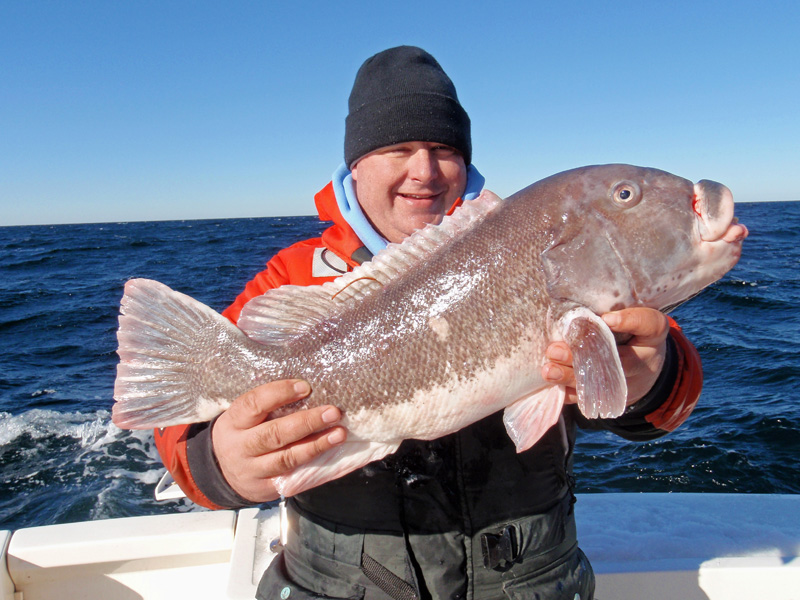Serious problem brewing within fishermen ranks
Recreational fishermen have a serious problem brewing within our ranks. There is a small segment of the for-hire recreational fishery that would like to steal fish from the rest of us because they believe having more fish added to their bag limit will put more people on their boats. They did this with bluefish by dividing the bag limits so that private boats and those of us who fish from shore may only keep three blues per day while charter and head boats may keep five blues per person.
With tilefish, it gets even crazier. Golden tiles are OK since all are allowed to keep eight per day. Then we get to blueline tilefish. If you fish from a private boat, you may only keep three. Fish from a six-pack charter boat and you may only keep five, but fish from an inspected head boat and each angler may keep seven. I believe this proves where these regulations come from – a small group of head boat operators with a good deal of clout.
Now this same group would like to divide and conquer the recreational fishery to benefit their head boat business.
I have said this before, and I will say it again. A recreational fisherman is a recreational fisherman no matter where he or she fishes. The regulations should be the same no matter if he or she happens to be on the beach, at Indian River Inlet, on a head boat, a charter boat, his or her own boat or on a friend’s boat. Period!
The Atlantic States Marine Fisheries Commission released a scoping document Jan. 23 that outlines the idea of separating the recreational fishery between the for-hire and the remainder of the fishery. This would include regulations for black sea bass, scup, summer flounder and bluefish.
So, unless you would like to see a two-fish bag limit on summer flounder for private anglers and a six-fish bag limit for for-hire fishermen, or perhaps a 30-fish bag limit on black sea bass for charter and head boats while private boats are reduced to a 10-fish limit, I suggest you take a few minutes to drop a comment to kdancy@mafmc.org and make her aware of your feelings.
Tog fishing
I know it has been a cold, windy and generally miserable winter, but there are still fish out there that may be caught by hardy anglers willing to brave the cold.
Tog are on the wrecks and will take crab, clams and other fresh baits that make up their diet. It is possible the water temperature on the bottom will drop below the tog’s minimum tolerance of 45 degrees, and if so, the fish may find a contourable spot, lie down and go to sleep. From the reports I receive from Capt. Monty on the Morning Star out of Ocean City, Md., that has not happened. He is still catching tog on days when the weather allows him to clear the inlet.
For those who have not fished for tog, they do present a challenge. If you have heard the old saying, “You have to set the hook just before they bite,” that is not far from the truth.
I like to use a conventional rod and reel with 30-pound braid tied to 40-pound fluorocarbon leader. Use enough weight so that your line remains at a 90-degree angle to the water and you can feel the bottom. I use a J-hook in the Virginia style baited with a green crab, shrimp, white legger, clam or blue crab. Keep the bait small and don’t be afraid to keep the point of the hook exposed.
The strike will be a bit light, and if you don’t set the hook instantly and begin cranking at the same time, you will either miss the fish or it will pull your rig into the structure.
You want to adjust the drag with a pair of Channel-Locks. Keep cranking your fish up and do not let him get his head. He or she will pull like a freight train, but you must keep his head up and don’t let him or her get back to the bottom.
I recall a trip on Super Bowl Sunday on the late, great Capt. John Nedelka’s Karen Sue. Some of the party was concerned that we wouldn’t be back in time for the pregame show. They didn’t know Capt. John.
We left Indian River Marina on a perfect February morning and were back with a boat limit of nice tog around 2 p.m. I had my tog cleaned and vacuum-packed well before the talking heads began telling us who was going to win the game, or not.

















































